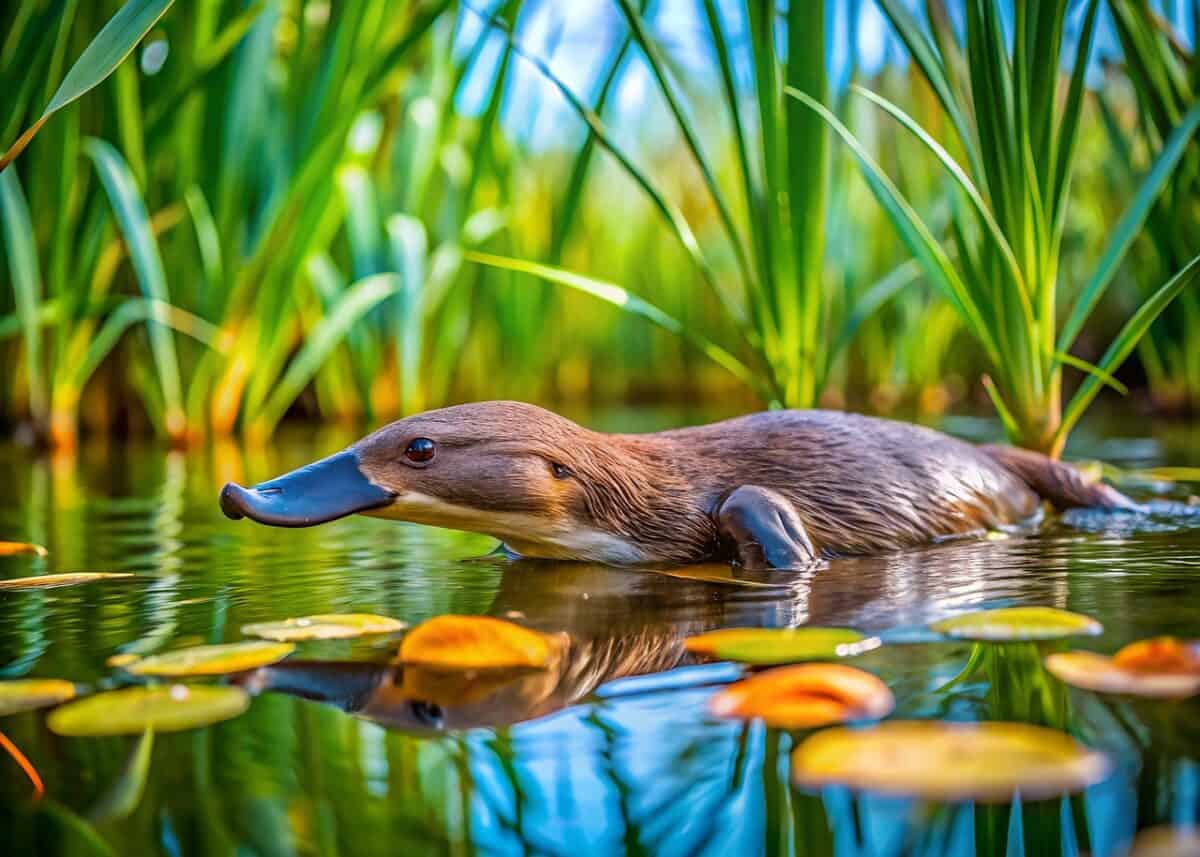Australia’s wildlife is renowned for its uniqueness, with a range of fascinating creatures that captivate the imagination. Among the most extraordinary of these animals is the platypus, one of the only mammals in the world capable of laying eggs. This remarkable creature is not only a quintessential symbol of Australian biodiversity but also a subject of intrigue due to its unusual characteristics. In this article, we delve into the mysteries surrounding the platypus and explore what makes it one of nature’s most peculiar wonders.
A Living Fossil

The platypus has often been described as a “living fossil” due to its status as one of the world’s most primitive mammals. By examining fossil records, scientists have found evidence of platypus-like animals dating back millions of years. This ancient lineage offers insights into mammalian evolution, showcasing traits that have been preserved over epochs.
Appearance Straight Out of Myth

With a duck-billed snout, webbed feet, and a beaver-like tail, the platypus might seem stitched together from various animals. This unusual appearance led early European explorers to believe the creature was a hoax. Yet, every distinctive feature serves a purpose, adapting the platypus perfectly to its environment.
The Sole Egg-Laying Mammal

In the world of mammals, the ability to lay eggs is virtually unheard of, except within the order Monotremata, which includes the platypus and echidnas. Unlike other mammals that give birth to live young, these creatures lay eggs akin to their reptilian ancestors, providing a unique glimpse into the evolutionary bridge between reptiles and mammals.
Native To The Waterways

Platypuses are native to the eastern coasts of Australia and inhabit freshwater environments such as rivers, streams, and lakes. Their semi-aquatic lifestyle is complemented by their physical characteristics—including webbed feet for swimming and dense, waterproof fur to insulate against cold water.
Superb Swimmers

Platypuses are expert swimmers, using their front limbs to propel through the water while their back legs and tail steer. This locomotion style enables them to navigate efficiently and hunt for food, showcasing their adaptation to aquatic habitats.
A Diet of Invertebrates
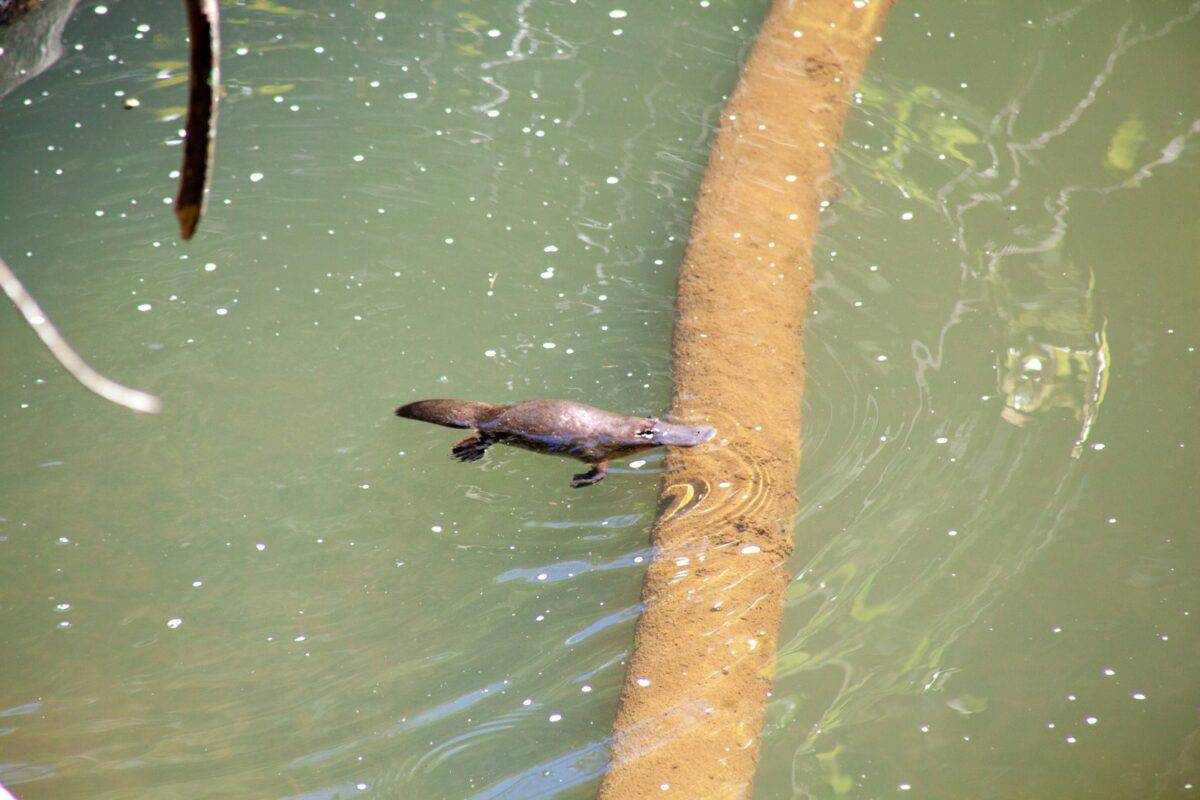
These creatures primarily feed on aquatic invertebrates. They forage underwater, using their bill to detect prey through an electroreception sensory organ, which allows them to sense the electric fields produced by living organisms, even in murky waters where visibility is limited.
Venomous Spurs

While most people might associate venom with snakes or insects, the male platypus is uniquely equipped with venomous spurs on its hind legs. During the breeding season, these spurs release a potent venom that can deter predators and rival males, though it is not lethal to humans.
Reproductive Cycle

The platypus breeding season typically occurs between June and October. After mating, the female will lay one to three eggs, which she incubates by curling around them. Hatchlings are initially blind and vulnerable, emerging from their eggs to suckle milk secreted through pores on their mother’s belly.
Conservation Status
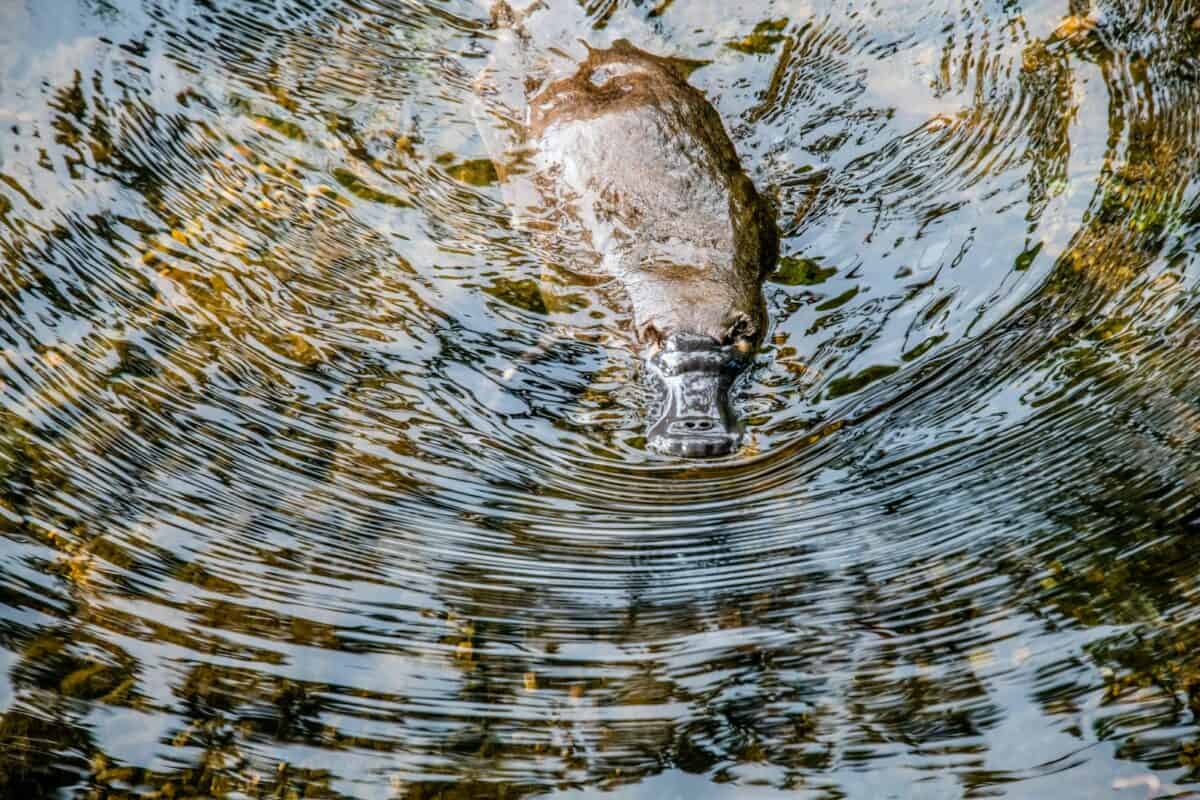
While currently listed as Near Threatened, platypus populations face numerous challenges, including habitat destruction, pollution, and climate change. Conservation efforts are vital to protect their natural habitats and ensure the survival of this unique species for future generations.
Scientific Significance
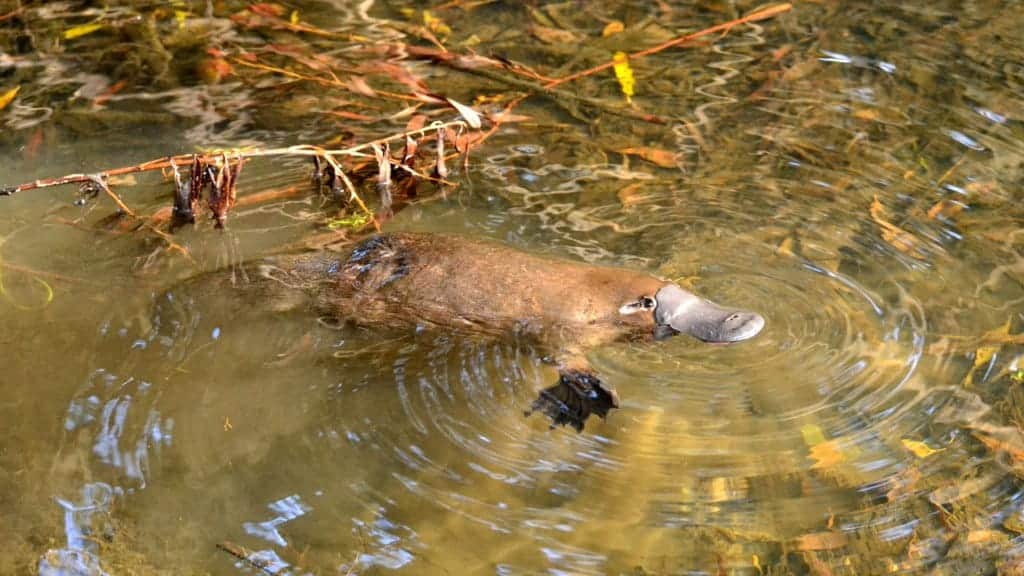
Studying the platypus provides valuable insights into evolutionary biology and the history of mammals. Its genetic code contains information linking it to reptiles, offering clues to the functional evolution of mammals. Researchers continue to uncover its biological quirks, contributing to a deeper understanding of genetic development across species.
Interaction With Humans
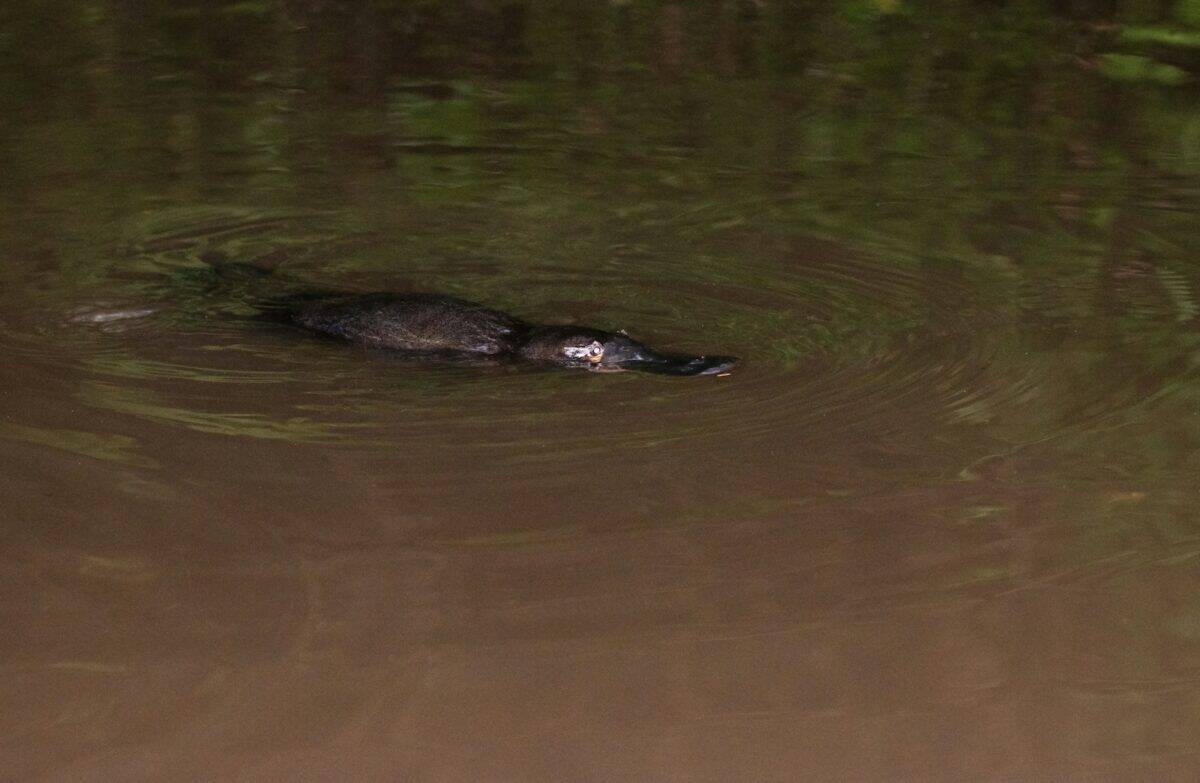
Platypuses are shy and reclusive, generally avoiding human interaction. However, they have become an important part of Australian culture and identity. Efforts to observe and preserve platypus populations also draw tourists and nature enthusiasts, raising awareness about their ecological importance.
Protecting Their Future
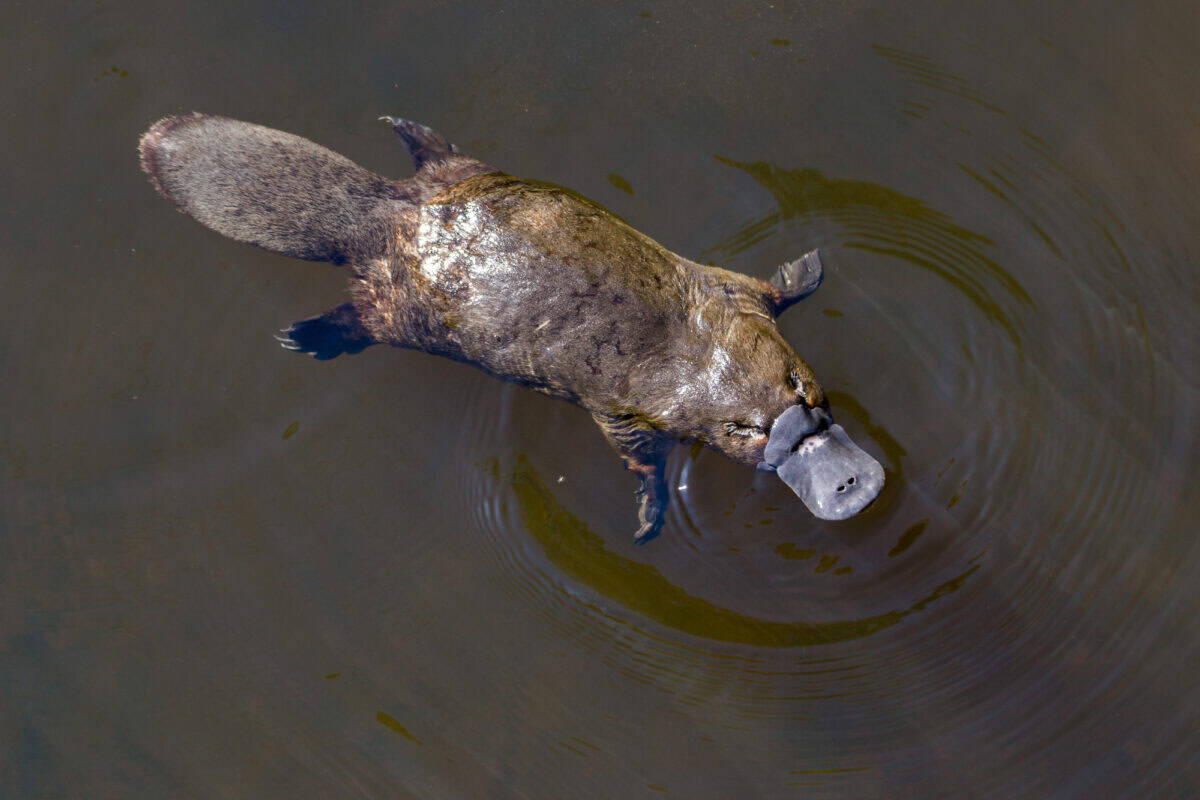
To secure a future for the platypus, it is critical to address the environmental issues that threaten their habitats. Community engagement, along with scientific research and conservation policies, is crucial to ensure that the waterways they call home remain unspoiled by human activities.
In conclusion, the platypus is not just an oddity of the animal kingdom but a vital link in the story of natural history. Its survival depends on our commitment to understanding and preserving the natural world. By doing so, we honor one of Australia’s most unique creatures and contribute to the broader effort of conserving biodiversity.
- Wildlife Encounters You Might Have on a Spring Hike - August 23, 2025
- Wildlife That Thrives in the Carolinas Year-Round - August 23, 2025
- The Role of Bears in Keeping Forests Healthy - August 23, 2025

